16. September, 2025delish0
1. Market overview and core definition
A slitting machine is an industrial equipment that accurately slitting and rewinding wide rolled materials (such as paper, film, metal foil, composite materials, cloth, etc.) according to specific width and length requirements. It is a key equipment in back-end processing and is widely used in many industries such as packaging, printing, new energy, electronic information, and home building materials.
The global slitting machine market is expected to grow steadily at a compound annual growth rate (CAGR) of about 4-6%, and its market size has reached the multi-billion dollar level in 2023. The market growth is primarily driven by the Asia-Pacific region, particularly China, which accounts for the largest share of production and consumption globally.
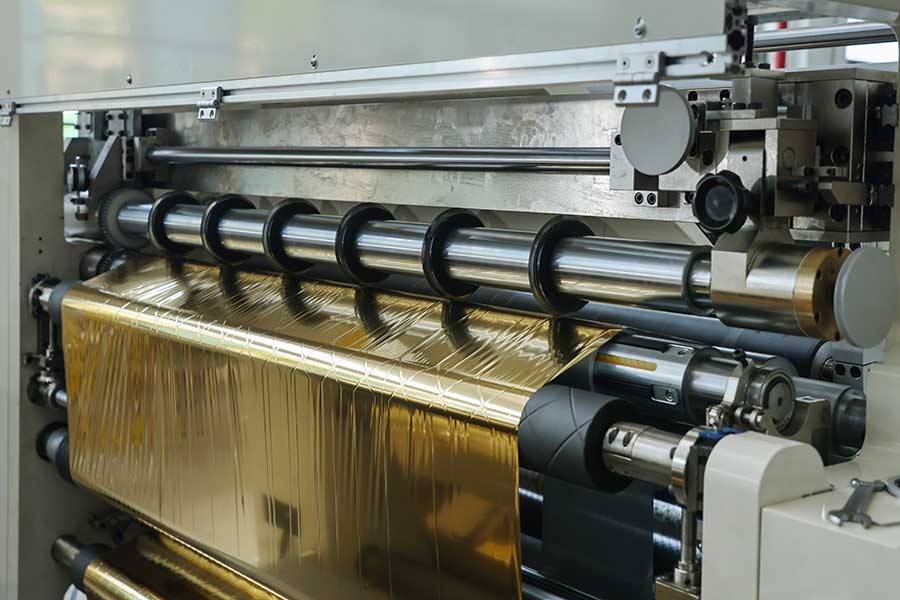
2. Core demand drivers
The demand for the slitting machine market does not exist in isolation but is driven by the vigorous development of its downstream industry and technological upgrades.
1. Expansion of End Consumer Markets:
◦ Flexible packaging industry: The demand for flexible packaging (such as plastic film, aluminum foil composite film) for food, beverage, daily chemical products, medicine, etc. continues to grow, which is the most traditional and core demand source for slitting machines.
◦ New energy industry (explosive drive): The rapid development of the lithium-ion battery industry is the strongest driving force at present. Whether it is a power battery, energy storage battery or consumer electronics battery, its core components - separator, positive and negative electrode pieces (copper foil, aluminum foil), electrolytic copper foil - require extremely high precision slitting processing. This puts forward the ultimate requirements for tension control, dust removal, precision and efficiency of the slitting machine.
◦ Electronic information industry: The production of FPC (flexible circuit board), PCB (printed circuit board), shielding materials, thermal conductive film, tape and other products is inseparable from high-precision slitting equipment.
2. Manufacturing upgrading and "machine substitution" trend:
◦ Rising labor costs are driving businesses to seek automation solutions. Automated and intelligent slitting machines reduce dependence on manpower, improve production efficiency and consistency, and reduce long-term operating costs.
◦ Increasing requirements for product quality and consistency are inadequate, and traditional semi-automatic or manual equipment cannot meet the demands of high-end manufacturing.
3. Technology Iteration and New Material Applications:
◦ The emergence of new materials (e.g., thinner diaphragms, new composite materials) requires slitting machines to have new process capabilities (e.g., more precise tension control, ultrasonic slitting, laser slitting, etc.).
◦ "Industry 4.0" and intelligence: There is a growing demand for intelligent slitting machines with data acquisition, remote monitoring, predictive maintenance, and MES system integration. Instead of just buying a single piece of equipment, customers are looking for a complete suite of solutions that improve overall production efficiency.
4. Sustainability and Circular Economy:
◦ The demand for processing renewable and recycled materials (such as recycled plastic film, paper) has also brought new growth points to the slitting machine market. These materials tend to have more complex properties and require greater adaptability from equipment.
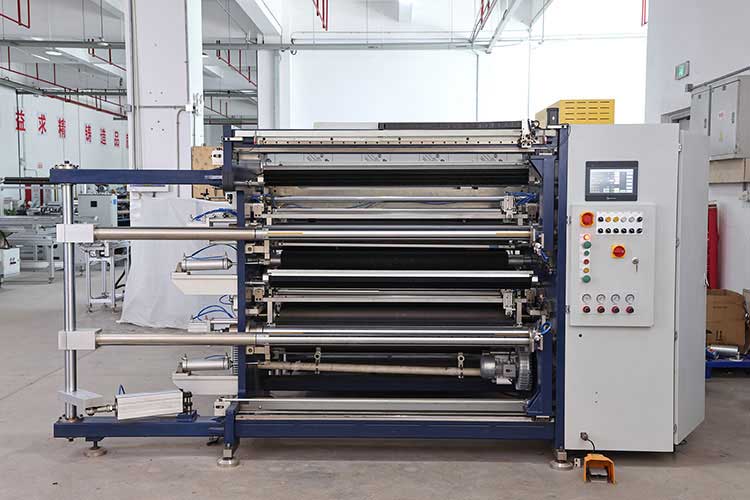
3. The internal logic of market growth
The growth of the market follows a clear logical path:
• Logic 1: The transformation from "quantity" to "quality". Early growth was driven by the "volume" of capacity expansion in downstream industries, and now it is increasingly dependent on technological upgrades and replacement demand. Customers are willing to pay a premium for higher precision, higher efficiency, and smarter equipment in exchange for higher production yields and lower overall costs.
• Logic 2: Deepening from "general" to "specialized". The general slitting machine market tends to be saturated and highly competitive. The growth point is in the special slitting machines for specific materials, such as lithium battery separator slitting machines, pole piece slitting machines, tape slitting machines, sanitary material slitting machines, etc. The technical barriers for special equipment are higher and the profit margin is higher.
• Logic 3: Expansion from "stand-alone" to "production line". Leading equipment manufacturers no longer only sell a single slitting machine, but provide integrated solutions, including unwinding, splicing, slitting, dust removal, inspection, winding, packaging and other full-process automated production lines. This greatly improves the value of single customers and customer stickiness.
• Logic 4: Globalization and regionalization coexist. With a well-established industrial chain and cost advantages, Chinese manufacturers are rapidly expanding their international market share, especially in the mid-range market. European, American and Japanese companies continue to dominate the high-end market and rely on technology brand advantages to maintain competitiveness.
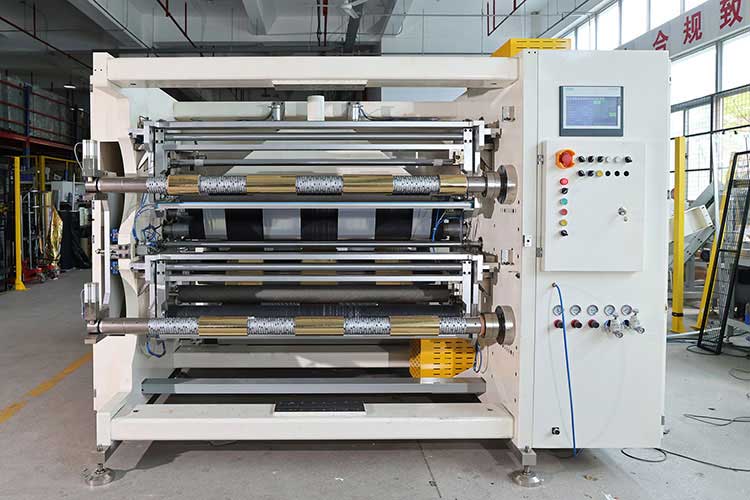
4. Segment Opportunity Analysis
Opportunity 1: New Energy Lithium Battery Segment (High Growth, High Value)
• Drivers: Explosive growth in the global electric vehicle and energy storage market.
• Requirements: The accuracy, cleanliness (dust-free), tension control stability, and slit quality of the slitting machine are extremely high. Blade material, structural design, and control system are the key.
• Opportunity Points:
◦ Pole slitting machine: especially for ultra-thin copper foil and aluminum foil, pole slitting is the most technically difficult.
◦ Diaphragm slitting machine: It is necessary to avoid stretching and damage, and has special requirements for tension control and blade design.
◦ Equipment upgrading: With the development of battery technology towards higher energy density, the requirements for slitting accuracy continue to increase, giving rise to the need for old equipment renewal.
Opportunity 2: High-end Film Materials Segment (High Precision, Functionality)
• Drivers: Increasing demand for optical films, protective films, and high-end packaging films (high barrier).
• Requirements characteristics: no scratches, no stretching, no wrinkles are required for slitting, and there are high requirements for dust removal and static electricity elimination.
• Opportunity Points:
◦ Optical film slitting machine: used for brightening film, diffusion film, etc. in LCD, OLED display, etc., one of the high-end film slitting applications.
◦ Special tape slitting machines: such as OCA optical adhesive, VHB tape, etc., have special algorithm requirements for the winding tension curve.
Opportunity 3: Intelligent and digital services (new model, high added value)
• Drivers: digital transformation of the manufacturing industry, the demand for cost reduction and efficiency increase.
• Requirements: The customer needs equipment to be able to connect to the network to achieve data visualization, process monitoring, fault warning and remote maintenance.
• Opportunity Points:
◦ Develop supporting IIoT (Industrial Internet of Things) platform: collect equipment operation data, energy consumption data, tool life, etc. through sensors, provide customers with data analysis services, and help them optimize production parameters.
◦ Provide predictive maintenance services: Through data analysis, potential faults can be warned in advance, and "passive maintenance" is changed to "active service", creating a new value-added model of after-sales service.
◦ AR remote assistance: Provide instant and efficient remote technical support to overseas customers through AR glasses and other technologies, reducing service costs.
Opportunity 4: Emerging and alternative markets (regional, cost-effective)
• Drivers: The development of manufacturing in Southeast Asia, India and other regions, undertaking the transfer of global industrial chains.
• Demand characteristics: Sensitive to cost performance, requiring stable, reliable, easy to operate and maintain equipment.
• Opportunity point: Chinese manufacturers have an absolute advantage in exporting mature mid-range models to meet the equipment needs of these regions in the process of industrialization.
5. Summary and suggestions
• For equipment manufacturers:
◦ Deep technical cultivation: We must continue to invest in research and development, especially in core technologies such as tension control, tool systems, and intelligent algorithms.
◦ Market focus: Instead of pursuing large and comprehensive, you should choose 1-2 high-growth market segments (such as new energy) to do in-depth and thorough research and become an expert brand in the field.
◦ Service transformation: Transform from the traditional "selling hardware" thinking to the "product + service + solution" model, and build long-term competitiveness through intelligent services.
• For investors and industry participants:
◦ Focus on those specialized and special new enterprises with core technology, head customers and good reputation in lithium batteries, high-end thin films and other subdivisions.
◦ Focus on traditional slitting machine companies that are successfully transforming to intelligent and digital technology, and their value is expected to be revalued.
◦ Be wary of the risk of price competition in the low-end general market, which has weak growth and meager profits.
The slitting machine market is evolving from a traditional machinery and equipment market to a technology-driven high-value market that is deeply bound to cutting-edge manufacturing industries (such as new energy and electronic information). Seizing innovation opportunities in segments is the key to winning future competition.




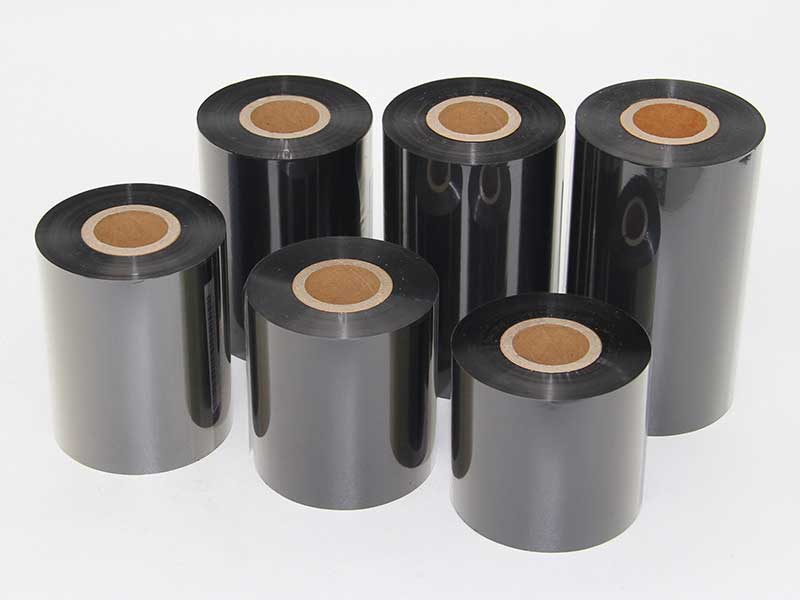
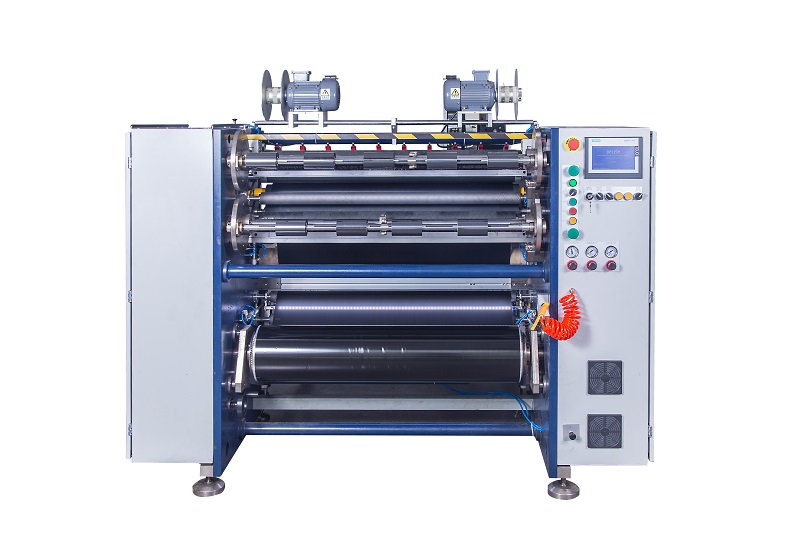
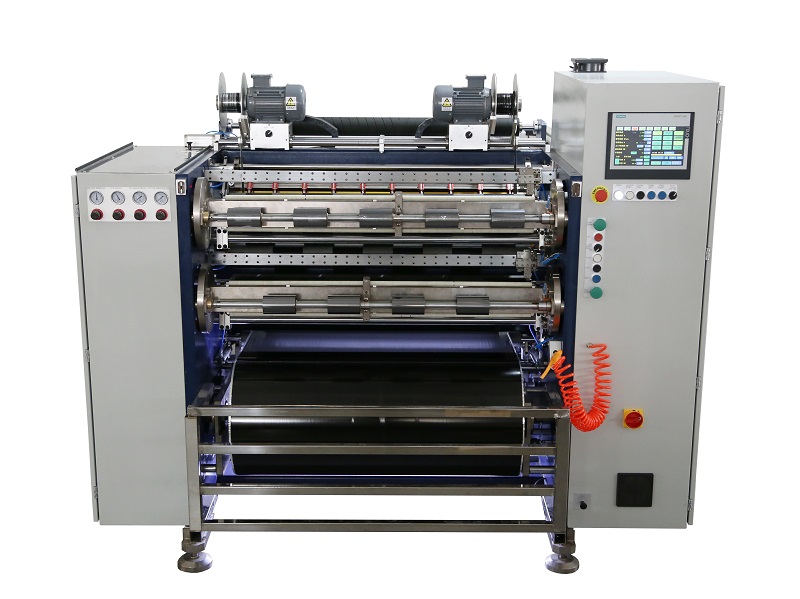 Fully Automatic TTR Slitter RSDS8 Plus
Fully Automatic TTR Slitter RSDS8 Plus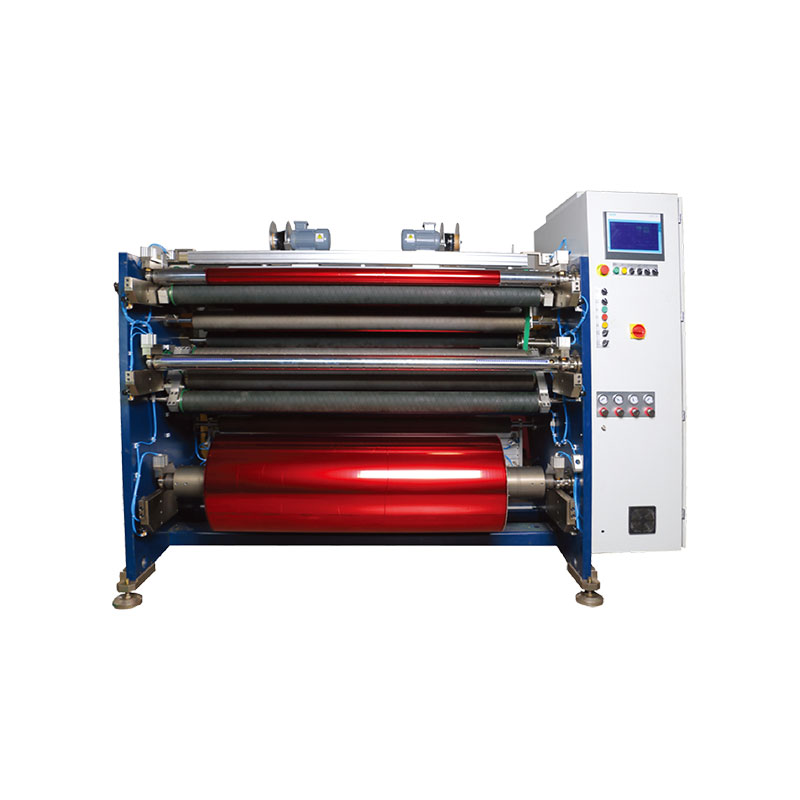 Hot Stamping Foil Slitter 1600mm
Hot Stamping Foil Slitter 1600mm Hot Stamping Foil Slitter (4 Shafts)
Hot Stamping Foil Slitter (4 Shafts)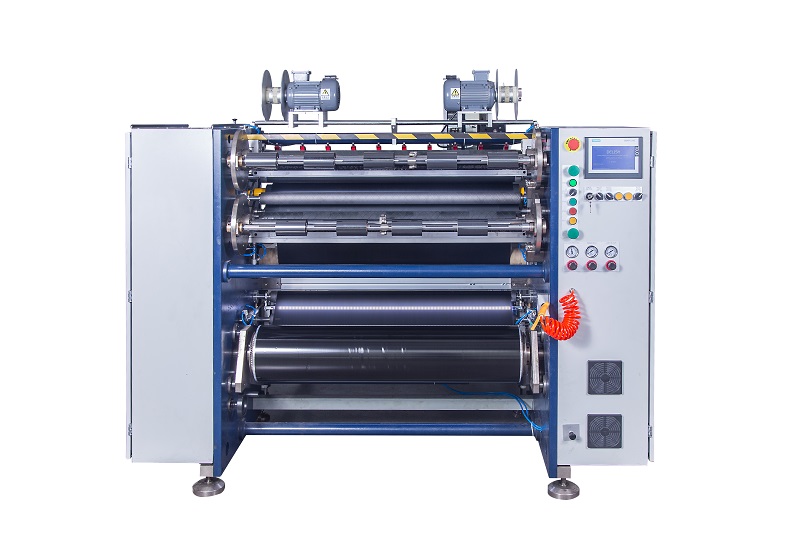 Semi-Auto TTR Slitter RSDS2 Plus
Semi-Auto TTR Slitter RSDS2 Plus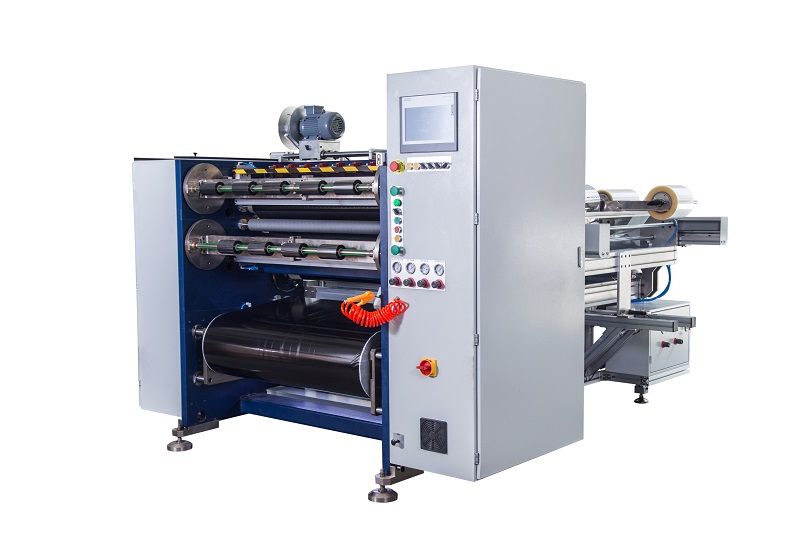 Semi Automatic TTR Slitter RSDS5 Plus
Semi Automatic TTR Slitter RSDS5 Plus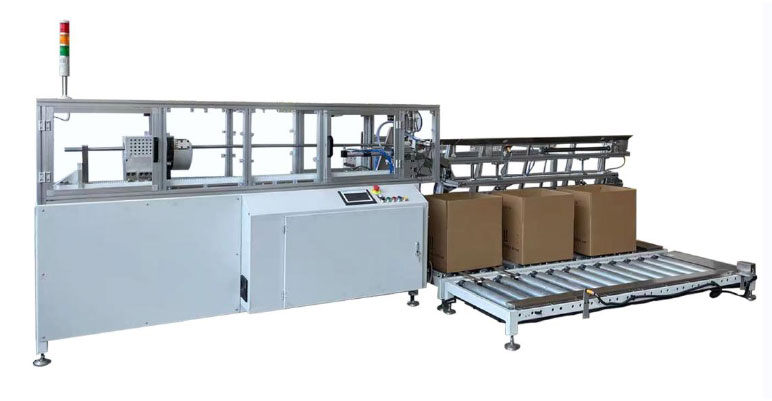 Auto Paper Core Cutter
Auto Paper Core Cutter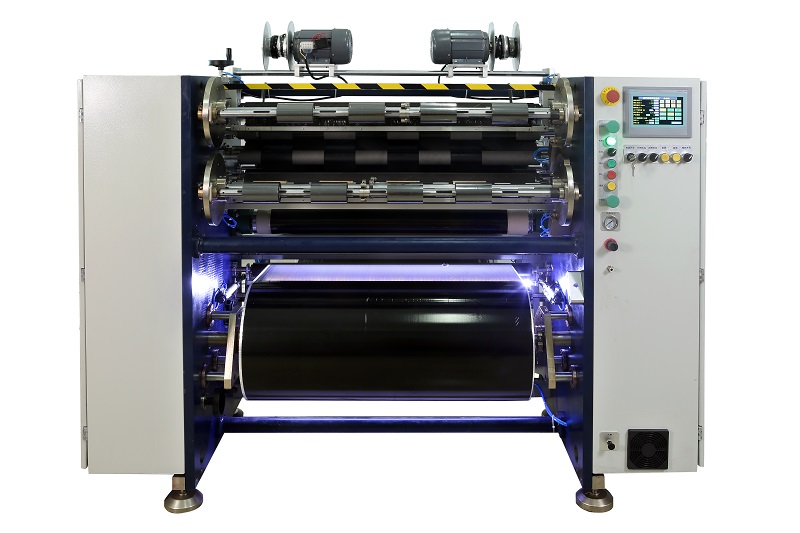 Manual TTR Slitter RSDS2
Manual TTR Slitter RSDS2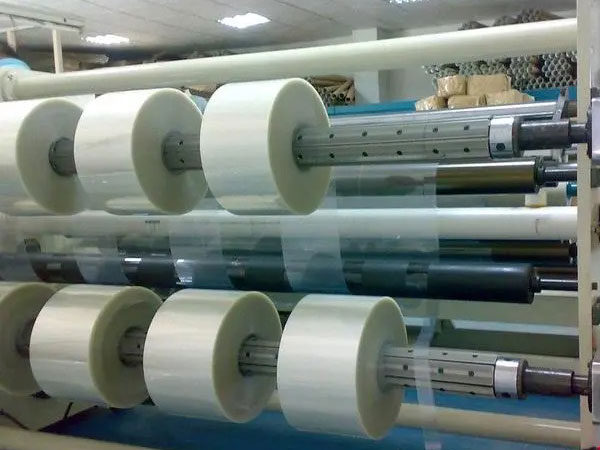 Film Slitting Machine
Film Slitting Machine





